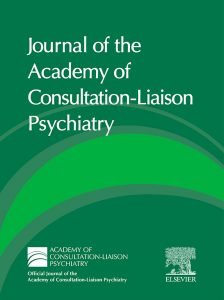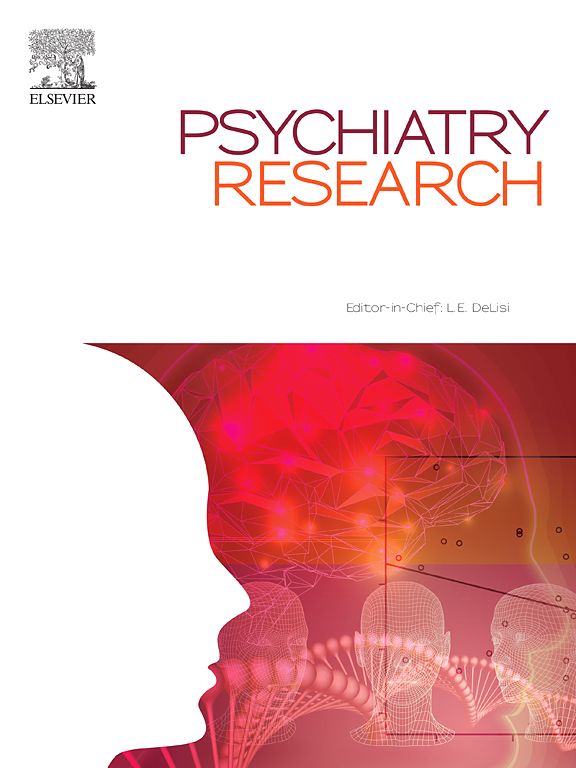Authors: Wenhao Jiang, BE, ME, PhD, et al.
Abstract: This study provides an overview of the history and current status of C-L Psychiatry in China and its development within the Chinese Society of Psychosomatic Medicine.
Over the past decade, various C-L Psychiatry practice models have been developed to meet the diverse needs of different Chinese regions, notably, the Chinese Multidisciplinary Integrated Centers of Psychosomatic Medicine (CSPM) have been established as regional hubs throughout the country.
The study also delves into the role of Chinese traditional medicine in the practice of C-L Psychiatry in China.
Several projects involving C-L Psychiatry-based multidisciplinary collaborations are highlighted.
Importance: Modern C-L Psychiatry in China traces its origins back to the late 1940s, coinciding with the establishment of the People’s Republic of China. The nascent health care system, spurred by the new government, systematically established psychiatry departments in general hospitals across the nation. Key institutions included Peking University Sixth Hospital and Shanghai Mental Health Center.
Over the past three decades, the CSPM, the official society for psychosomatic medicine in China, has welcomed all professionals interested in the field. The society, now with 20,000 members, has experienced rapid growth.
Chinese Traditional Medicine holds significant importance in China, both historically and in contemporary times. It is deeply ingrained in Chinese culture, and its influence extends across various aspects of health care, including clinical practice, preventive medicine, and overall well-being.
Psychosomatics, or the interaction between the body and mind, has deep roots in Chinese history and culture, and during the past decade the demand for psychiatry and C-L Psychiatry services have notably increased in general hospitals.
It has been reported that by 2022, China had 9.74 million hospital beds, 4.4 million physicians (including 0.7 million physician assistants), and 5.2 million nurses. However, among them, only 1.5% were psychiatrists and approximately 0.6 million psychiatric beds were available, suggesting a significant gap.
Availability: Pre-publication by the Journal of the Academy of Consultation-Liaison (JACLP).





